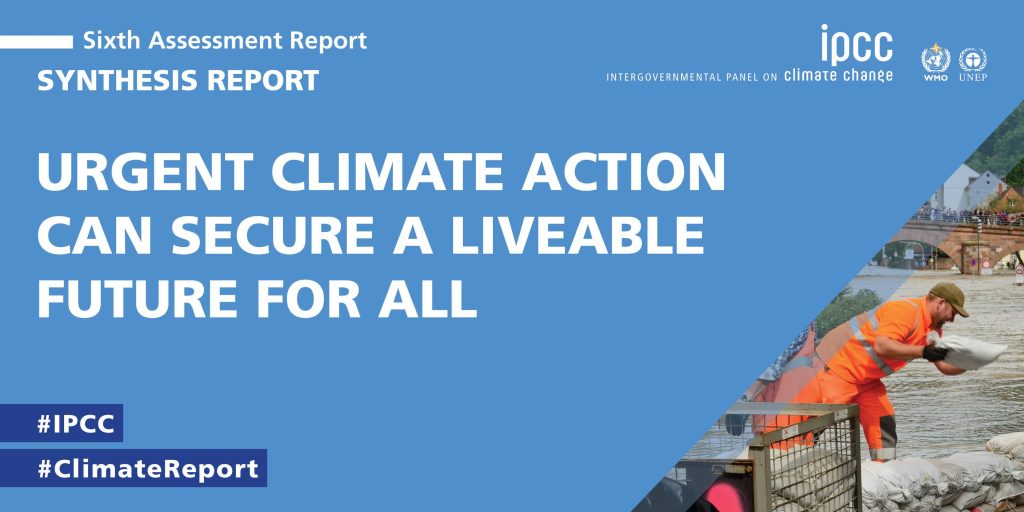
A propos du rapport de synthèse du GIEC – mars 2023
2023
Although humans have long been predators with enduring nutritive and cultural relationships with their prey, seldom have conservation ecologists considered the divergent predatory behavior of contemporary, industrialized humans. Recognizing that the number, strength and diversity of predator-prey relationships can profoundly influence biodiversity, here we analyze humanity’s modern day predatory interactions with vertebrates and estimate their ecological consequences. Analysing IUCN ‘use and trade’ data for ~47,000 species, we show that fishers, hunters and other animal collectors prey on more than a third (~15,000 species) of Earth’s vertebrates. Assessed over equivalent ranges, humans exploit up to 300 times more species than comparable non-human predators. Exploitation for the pet trade, medicine, and other uses now affects almost as many species as those targeted for food consumption, and almost 40% of exploited species are threatened by human use. Trait space analyses show that birds and mammals threaten
The sixth assessment report of the IPCC assessed that the Arctic is projected to be on average practically ice-free in September near mid-century under intermediate and high greenhouse gas emissions scenarios, though not under low emissions scenarios, based on simulations from the latest generation Coupled Model Intercomparison Project Phase 6 (CMIP6) models. Here we show, using an attribution analysis approach, that a dominant influence of greenhouse gas increases on Arctic sea ice area is detectable in three observational datasets in all months of the year, but is on average underestimated by CMIP6 models. By scaling models’ sea ice response to greenhouse gases to best match the observed trend in an approach validated in an imperfect model test, we project an ice-free Arctic in September under all scenarios considered. These results emphasize the profound impacts of greenhouse gas emissions on the Arctic, and demonstrate the importance of planning for and adapting to a seasonally ice-free Arctic in the near
Flash drought, characterized by unusually rapid drying, can have substantial impact on many socioeconomic sectors, particularly agriculture. However, potential changes to flash drought risk in a warming climate remain unknown. In this study, projected changes in flash drought frequency and cropland risk from flash drought are quantified using global climate model simulations. We find that flash drought occurrence is expected to increase globally among all scenarios, with the sharpest increases seen in scenarios with higher radiative forcing and greater fossil fuel usage. Flash drought risk over cropland is expected to increase globally, with the largest increases projected across North America (change in annual risk from 32% in 2015 to 49% in 2100) and Europe (32% to 53%) in the most extreme emissions scenario. Following low-end and medium scenarios compared to high-end scenarios indicates a notable reduction in annual flash drought risk over cropland. Flash droughts are projected to become more frequent unde



